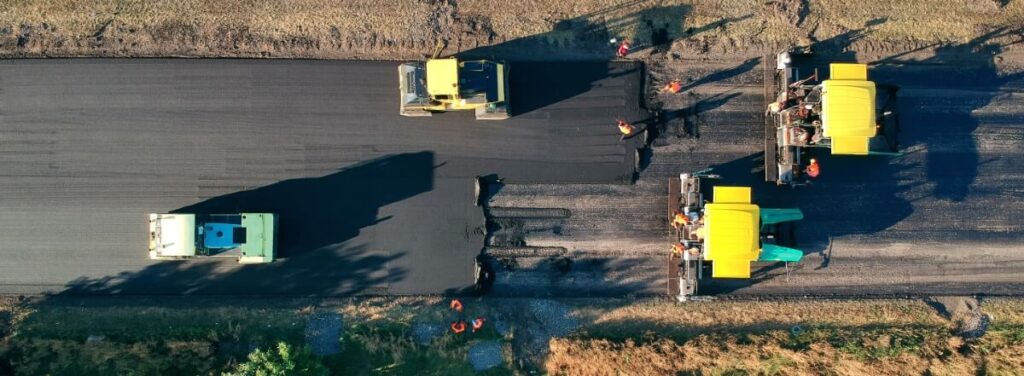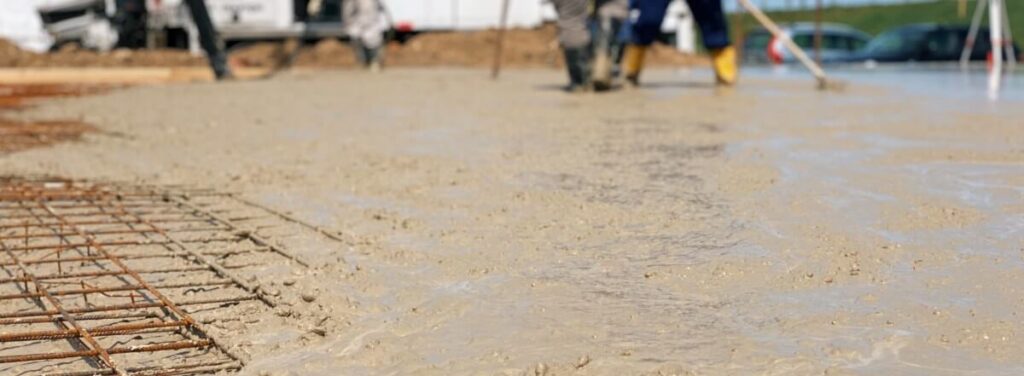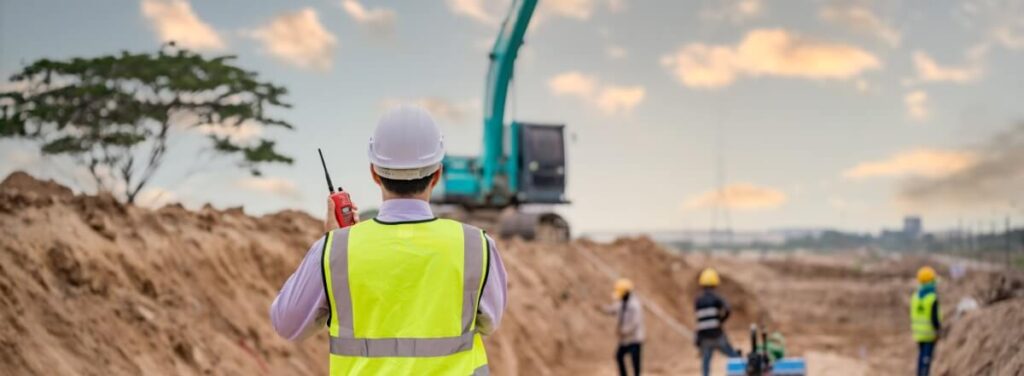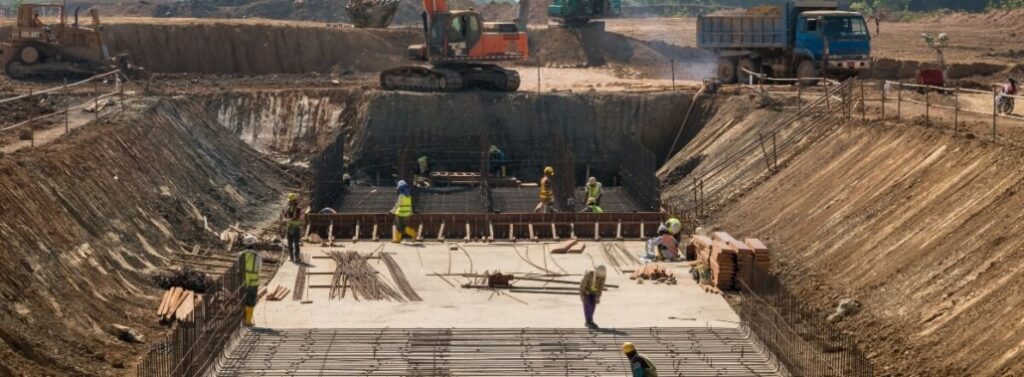The shift to Glass Fiber Reinforced Plastic (GFRP) rebars in road construction is not just a technical upgrade but also an economic strategy. The adoption of FRP, as promoted by industry leaders like Composite-Tech, carries significant financial implications. A comprehensive cost-benefit analysis reveals the true economic potential of GFRP composites, considering both the initial investment and the long-term savings. Additionally, the broader economic impact, including market growth and job creation in the FRP sector, is substantial.
Content

GFRP composites – Cost-Benefit Analysis
The transition to GFRP composites initially appears costly when considering the upfront material costs. FRP materials are generally more expensive than traditional materials like steel rebar. However, this is just a part of the financial story. The holistic view of cost-benefit analysis considers the entire lifecycle of the road infrastructure.
Initial Investment
While the procurement of FRP materials requires a higher initial investment, the associated costs of transportation and installation are considerably lower. The lightweight nature of FRP reduces transportation costs, and the ease of installation shortens project timelines, reducing labor costs.
Long-term Savings
The real economic benefit of GFRP composites lies in their durability and low maintenance requirements. The longer lifespan of FRP-reinforced roads significantly reduces the need for frequent repairs and maintenance, a recurring expense in traditional road infrastructure. Moreover, the corrosion-resistant nature of FRP materials mitigates the costs associated with environmental degradation and material wear and tear.
When these factors are considered, the total lifecycle cost of FRP-reinforced roads is often lower than that of roads constructed with traditional materials (steel rebar), leading to substantial long-term savings for government bodies and taxpayers.

Market Growth and Job Creation
The burgeoning FRP sector is a catalyst for economic growth and job creation within the construction industry. The increased adoption of FRP composites in road construction projects is not only driving the growth of established companies like Composite-Tech but also fostering the emergence of new businesses specializing in GFRP products.
Market Growth
The demand for sustainable and durable construction materials is on the rise, positioning the FRP market for substantial growth. This growth is propelled by increasing awareness of the long-term benefits and cost-effectiveness of GFRP composites in infrastructure projects. As more sectors within the construction industry recognize the advantages of FRP, the market is expected to expand, leading to increased investment and innovation in the field.

Job Creation
The expansion of the FRP market translates into job creation across various sectors. From manufacturing to installation, the FRP industry requires skilled labor, engineers, sales professionals, and support staff. The specialized nature of GFRP composites also encourages workforce development and training, creating new career paths and opportunities for professional growth.
GFRP rebar – smart economic choice
In conclusion, the economic implications of adopting GFRP rebars in road construction are profound. The cost-benefit analysis underscores the long-term savings and financial viability of FRP materials, while the associated market growth and job creation contribute to the broader economic landscape. As the construction industry continues to evolve, GFRP composites stand out as a smart economic choice, paving the way for a more sustainable and prosperous future.

